
The Fairfax County Library System & The Virginia Room:
Where History Comes Alive
By: M. Callahan
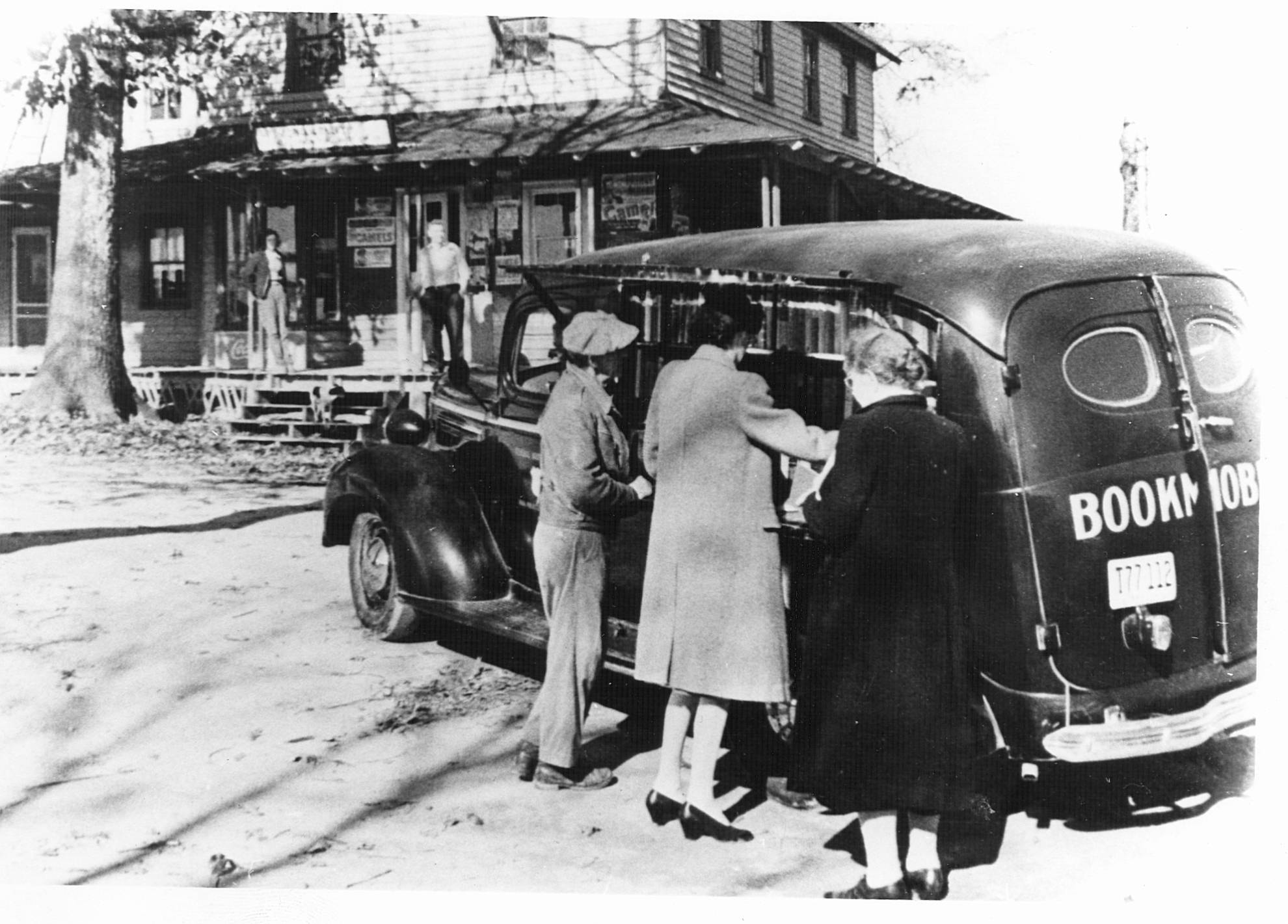 In a short five year period, from 1941 to 1946, over 300,000 individuals came to Washington, DC in support of the war effort. Many remained after their official duties ended and began life as civilians throughout the area. Fairfax County experienced an exponential growth in numbers, sentiments, values, regional customs, and education because of these new residents along with higher expectations for continued community development. Many to most of the new residents were college educated professionals who contributed greatly to the development of local art, culture, social structures, sports, and educational projects. They also advanced the need for expanded library services, echoing J.A. Langford’s statement,
In a short five year period, from 1941 to 1946, over 300,000 individuals came to Washington, DC in support of the war effort. Many remained after their official duties ended and began life as civilians throughout the area. Fairfax County experienced an exponential growth in numbers, sentiments, values, regional customs, and education because of these new residents along with higher expectations for continued community development. Many to most of the new residents were college educated professionals who contributed greatly to the development of local art, culture, social structures, sports, and educational projects. They also advanced the need for expanded library services, echoing J.A. Langford’s statement,
“The only true equalizers in the world are books; the only treasure-house open to all comers is a library; the only wealth which will not decay is knowledge; the only jewel which you can carry beyond the grave is wisdom.”
From obscure beginnings to the largest public library system in the Commonwealth, the Fairfax County Libraries have answered the research and reading needs of its citizens. In 1939, the Board of Supervisors established a countywide free library system with an appropriation of just $250.00. The State Library Board and the Federal Works Progress Administration provided matching funds on a four-to-one basis, and within one year a 24 foot square cinderblock structure was built at the cost of $1,090. Located on land behind the historic brick courthouse, it included book shelves, electric wiring and a garage. A bookmobile was purchased and sent to various established deposit stations such as Helen Caperton’s Beauty Shop in Clifton, Stafford’s store on Popes Head Road as well as sites at both Ft. Myer and Ft. Belvoir. Six hundred books could be accessed by side panels in this Chevrolet truck, and later a new and larger bus, cleverly inscribed with slogans such as Check Us Out or We Circulate made the rounds.
Although the library budget increased steadily, it was not nearly enough to permit construction of additional sites. Local Friends of the Library demonstrated their determination and community spirit by raising funds for the first year’s rent and utilities. With funding from their Friends, Annandale’s George Mason Library was the third branch to open in February 1955. Space was leased for five years in the new building, owned by David Scull of Turnpike Press. It then moved to slightly larger quarters on Annandale Road where it remained until 1965 when a new structure was built at the present library location. Finally, in November of 1959, the first Library Bond ($2 million) went to the voters. A new headquarters building in Fairfax and six branches were opened as a result. Inside the headquarters building, the Virginia Room would be housed where thousands upon thousands of old letters, newspapers, photographs, and significant publications that represent the historic heritage of Fairfax County are safeguarded. This is a place where history comes alive.
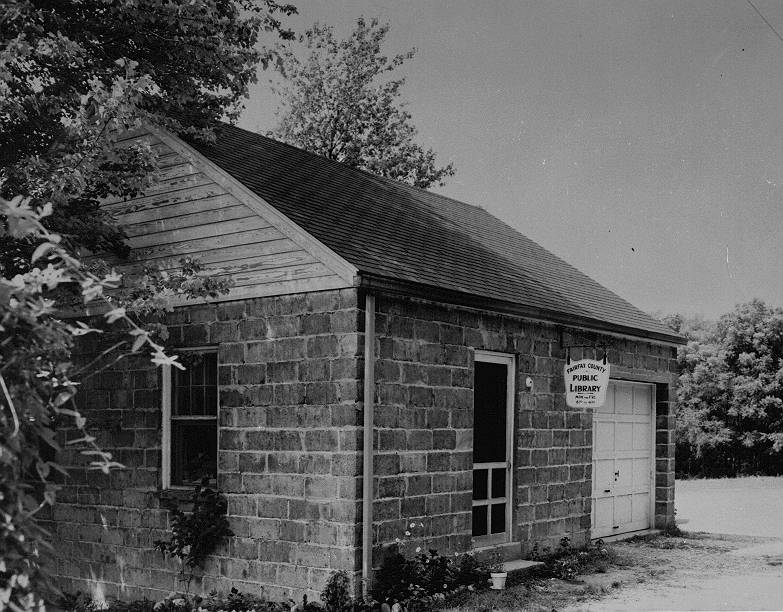 Scholars, genealogists, students, and interested citizens have access to these materials along with the expert guidance and advice of a knowledgeable professional staff. Beginning as a yard wide shelf of books, the historic collection migrated from the basement of one building to the 4,200 square foot top floor of another. The Historical Society of Fairfax County generously purchased furnishings in the 1960’s while the Fairfax Genealogy Society purchased and donated any number of materials for the Virginia Room. Since the library budget was then and still remains quite small, most of the current collection has been gathered by donations, often from local citizens who are downsizing or clearing out their personal collections.
Scholars, genealogists, students, and interested citizens have access to these materials along with the expert guidance and advice of a knowledgeable professional staff. Beginning as a yard wide shelf of books, the historic collection migrated from the basement of one building to the 4,200 square foot top floor of another. The Historical Society of Fairfax County generously purchased furnishings in the 1960’s while the Fairfax Genealogy Society purchased and donated any number of materials for the Virginia Room. Since the library budget was then and still remains quite small, most of the current collection has been gathered by donations, often from local citizens who are downsizing or clearing out their personal collections.
The Virginia Room has now stretched to 14,000 square feet and occupies the entire upper floor of the new Fairfax City Regional Library (opened Feb. 2008). Located on the corner of North Street and Chain Bridge Road the Virginia Room is a jewel in the county’s crown of benefits. Climate controlled storage space allows the staff to safely store and catalog the many donations and acquisitions.
Housed are original county maps and an extensive photographic archive. For those researching local births, a glance at the 1903-1912 account books of Dr. Jones, MD may be helpful. Since no birth certificates were required at that time, these books may be the only birth record for some. There are oral histories of local seniors which provide fascinating insights into daily life and records from century old stores showing the cost of goods and services. An extensive collection of books and manuscripts on Virginia and Fairfax County history are shelved including many rare and out-of-print volumes. Old newspapers are on microfilm and microfiche, community directories, government publications, the legislative data base, and even the ENDEAVOR are available for on-site viewing.
However, the best resources, housed at the Virginia Room, are the librarians themselves. They are not only fluent with the collections but they have also established contacts with professionals all over the county, the Commonwealth, and even beyond who can provide further avenues for research. Interviewing Suzanne Levy, a Virginia Room Librarian, is a treasured experience. She quotes multiple research avenues to any question posed. She provides names and phone numbers for outside collections. Her fingers fly over the keyboard locating specific information obscurely buried in little known tombs. It is ovbious Suzanne and her fellow librarians have mastered their profession through advanced education and experience.
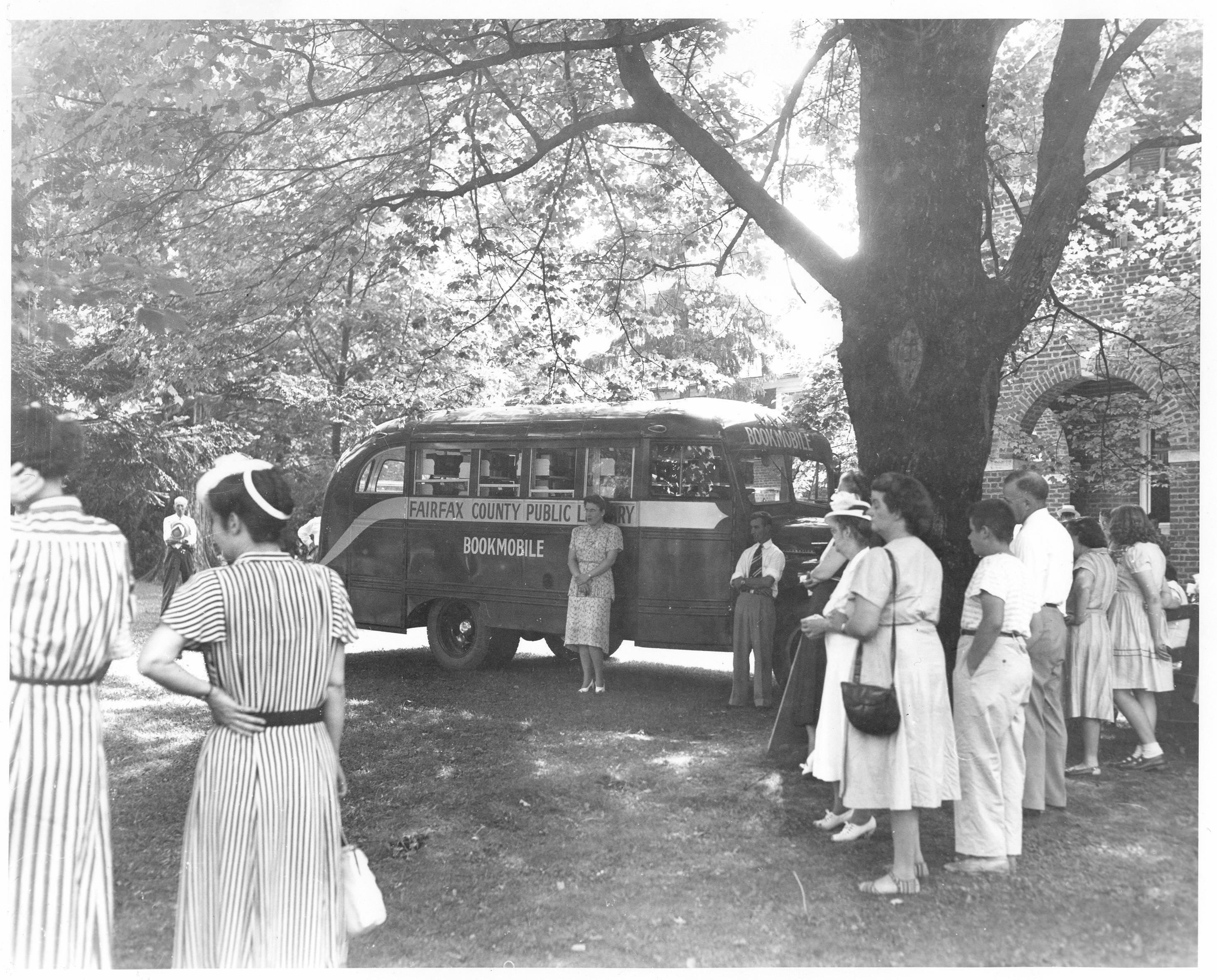 It is also obvious that they truly enjoy helping library patrons. These librarians are a group of outstandingly dedicated, highly skilled women (primarily, although not exclusively) to whom we owe much gratitude. Take a trip to the Virginia Room and experience the local past and remember Carl Sagan sentiments,
It is also obvious that they truly enjoy helping library patrons. These librarians are a group of outstandingly dedicated, highly skilled women (primarily, although not exclusively) to whom we owe much gratitude. Take a trip to the Virginia Room and experience the local past and remember Carl Sagan sentiments,
"The library connects us with the insight and knowledge, painfully extracted from Nature, of the greatest minds that ever were, with the best teachers, drawn from the entire planet and from all our history, to instruct us without tiring, and to inspire us to make our own contribution to the collective knowledge of the human species. I think the health of our civilization, the depth of our awareness about the underpinnings of our culture and our concern for the future can all be tested by how well we support our libraries.”
Because of cuts to the Fairfax County budget, the public libraries will be forced to reduce their hours as of July 1, 2010. According to the Fairfax Library Foundation, “Less than one cent of every tax dollar is used for the Fairfax County Public Library. Private donations are critically needed to enhance the library’s high-demand programs and services for individuals of all ages in Fairfax County.” Donations can be made online at www.fairfaxlibraryfoundation.org
With grateful acknowledgment to “Books and Beyond: Fairfax County Public Library’s First Fifty Years” by Nan Netherton; Suzanne Levy; and, the Fairfax County Public Library System for providing information & photos for this story. (Photographs courtesy of the Fairfax County Library, Virginia Room) Reproduction of this article requires written permission of the author.
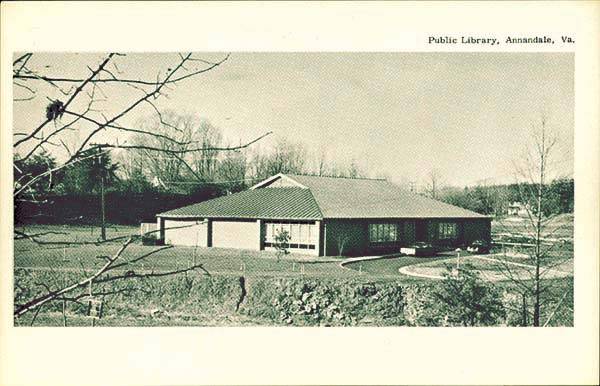
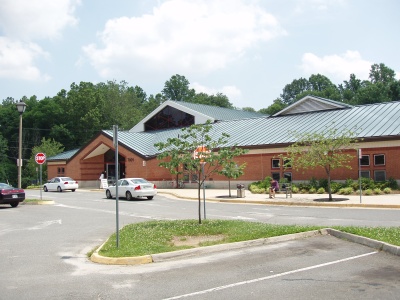
Copyright 2012 Annandale Chamber of Commerce. All rights reserved. Privacy Policy

